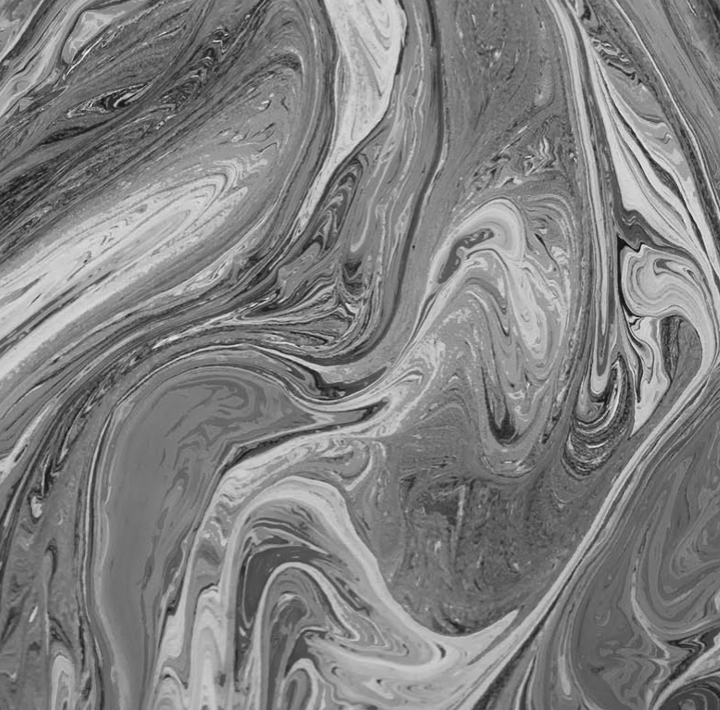
An oil spill (or loss of oil, depending on your interpretation) is exactly what it sounds like. It’s the escape of oil into an environment. This could be indoors or outdoors, on land or water and can range from from a single litre or less up to billions of litres.
A spill can be long term leak from an underground fuel line which has contaminated the ground, or as more commonly interpreted, it can be the sudden release of fuel from a storage container.
Oil (including petrol, diesel, kerosene, tar etc.) is a contaminant and can cause significant damage to many things from harming humans though to damage to structures (including concrete, brickwalls, damp proof courses etc). The way oil behaves (moves around) in the environment can result in widespread contamination from only small spills, anywhere from the point of the spill to 100’s of metres away. The capacity for oil to move a long way from the source of the spill is compounded when it comes into contact with water. Oil floats on water and therefore if it gets in to groundwater or on to lakes and rivers then it moves a long way quickly, and can cause damage to people and the environment along the way. We often hear from clients who thought that their spill was small and wouldn’t be noticed, they’ve usually contacted us because the regulators have identified them as the source of the contamination.
2022
Visit our oil spill clean up guide
Here we present answers to lots of your questions about Oil Spill clean up. We also cover prevention, health and safety, clean-up, as well as response plans and spill response services.
CHECK IT OUT


